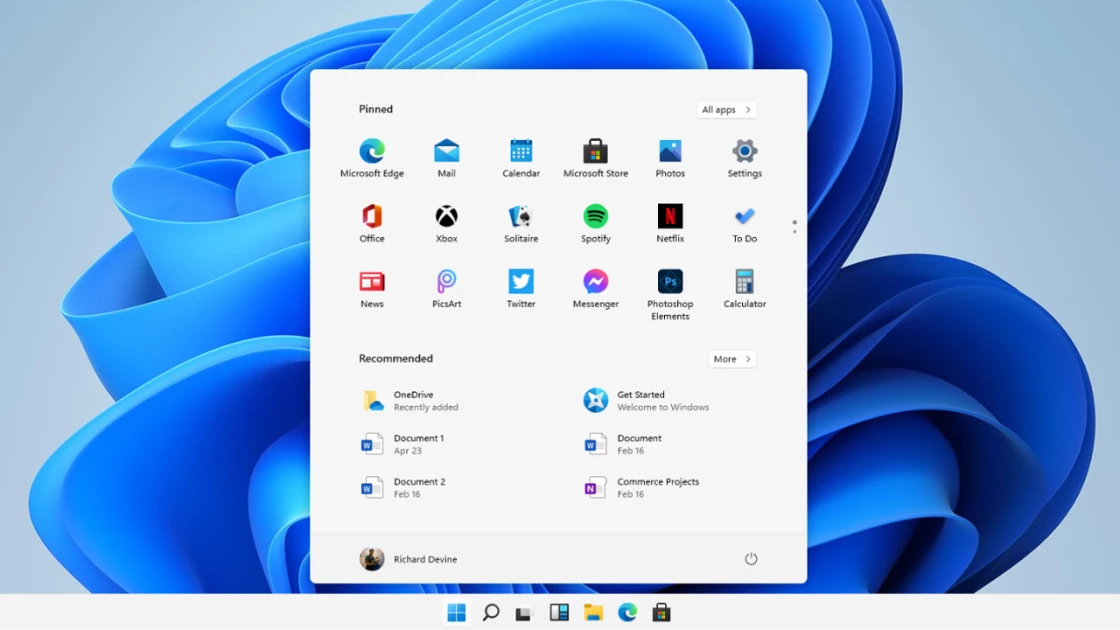![Humanity is breaking the terrestrial “ties”: the Moon will have a population within our decade, NASA announced [βίντεο]](https://hellasjournal.com/wp-content/uploads/2022/11/221119235044_nasa-moon-base.jpg)
Scientists will settle on the moon within the current decade, according to NASA’s plans. Image via NASA
“Humans can stay on the moon for long periods of time during this decade.”
This is what a NASA official told the BBC.
Howard Ho, program chief for the Lunar Orion spacecraft program at NASA, said the habitats will be needed to support science missions.
At the same time, he stressed that the launch of the Artemis rocket, carrying Orion, was “a historic day for human spaceflight.”
Orion is currently about 134,000 km (83,300 miles) from the Moon.
The 100-meter Artemis 1 rocket was launched from the Kennedy Space Center as part of NASA’s mission to return astronauts to Earth’s satellite.
Wednesday’s flight follows two previous launch attempts in August and September that were aborted due to technical problems.
Hu said it was “an incredible feeling” and “a dream come true” to witness the Artemis taking off.
“It’s the first step we’re taking for long-term deep space exploration, not just for the United States but for the world,” he said.
“And I think this is a historic day for NASA, but it’s also a historic day for all the people who love human spaceflight and deep space exploration.”
He added, “I mean, we’re going back to the moon, we’re working on a sustainable program and this is the vehicle that will transport the people who will take us back to the moon.”
Then he explained that if the current Artemis flight was successful, the next flight would be mobilized, followed by a third flight, in which astronauts would land on the moon again for the first time since Apollo 17 50 years earlier in December 1972.
He told the BBC that the current mission is progressing well, with all systems working and the mission team preparing for the next launch of the Orion engines at noon on Monday to put the spacecraft into a distant orbit around the moon.
One of the most important phases of the Artemis I mission is Orion’s safe return to Earth.
It will re-enter the planet’s atmosphere at 38,000 km/h, 32 times the speed of sound, and the shield on its underside will pass through temperatures approaching 3,000 degrees Celsius.
Once the components and systems of Artemis have been tested and proven safe, Hu said the plan is for humans to live on the moon “within this decade.”
He added that one of the reasons for returning to the moon is to see if there is water at the south pole of the satellite, because that can be turned into fuel for vehicles that go deep into space – like Mars, for example.
“We will send people to its roof, and they will live there and do science,” Hu Jintao said.
The Orion capsule will return to Earth on December 11th.
source: ertnews.gr
Follow HELLAS JOURNAL on NEWS GOOGLE

“Total alcohol fanatic. Coffee junkie. Amateur twitter evangelist. Wannabe zombie enthusiast.”





More Stories
After 14 years, Apple will do the unheard of on iPads
NASA: Stunning images of lava lakes and mountains on Jupiter's moon Io
On May 7, the new iPads from Apple will be presented – Apple